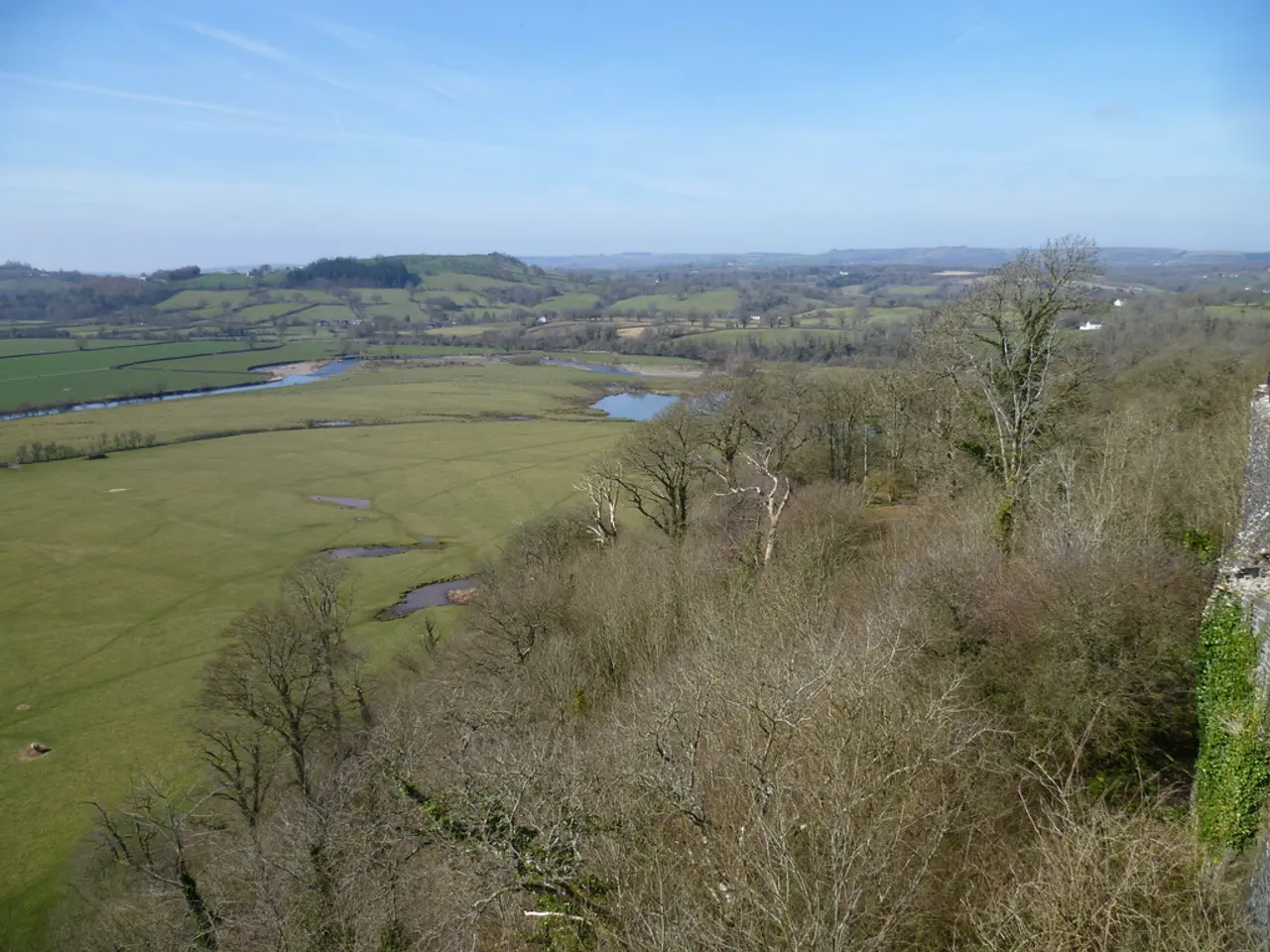Governments in the Himalayas need to prioritize discussions on springs
The Hindu Kush Himalayan region, spanning eight countries and supporting the lives and livelihoods of over 100 million people, is facing a pressing water crisis. A key overlooked aspect in this crisis is the role of springs, which are not typically included in water budgets and are often characterised as minor or small-scale in water resource planning documents.
Springshed management, a practice that involves protecting and restoring the recharge zones of springs, is emerging as a promising solution to this issue. The International Centre for Integrated Mountain Development (ICIMOD) has developed and is implementing a six-stage process for the protection and restoration of source areas in the Hindu Kush Himalaya region, supported by international partners such as the German government and the United Nations Development Programme (UNDP).
One success story comes from Uttarakhand's Moldhar village, where the revival of the Upala Shivani spring has doubled its discharge during lean months. Local women took charge of digging over 700 toe trenches in the recharge zone of the Upala Shivani spring, significantly improving its water flow.
Similar patterns are emerging in parts of Bhutan and Nepal. In India's Himalayan region, however, nearly half of its perennial springs have already dried up or become seasonal. The causes of the spring drying include climate change, deforestation, poorly planned infrastructure, and the abandonment of traditional irrigation and water management practices.
The revival of springs is crucial for climate adaptation, especially for vulnerable, remote, and Indigenous communities. Reviving springs through springshed management has been observed in several areas, including Sikkim, Manipur, Uttarakhand, Himachal Pradesh, Nepal, and Bhutan.
Semi-urban and urban piped water supply schemes in the Himalayan region rely on springs but are rarely acknowledged or managed by the government. Ignoring springs creates ecological risks, as when springs dry, it is the poorest and remotest settlements that suffer first and most severely.
Governments must mandate spring mapping and the implementation of springshed management in local and national policies. Funding for springshed management is sporadic, and a consistent and sustained effort is needed to ensure the long-term sustainability of this vital resource.
Reviving springs is about restoring dignity, opportunity, and hope to mountain communities. It is a crucial step towards addressing the water crisis in the Hindu Kush Himalayan region and securing a sustainable future for its people.
Read also:
- Nightly sweat episodes linked to GERD: Crucial insights explained
- Antitussives: List of Examples, Functions, Adverse Reactions, and Additional Details
- Asthma Diagnosis: Exploring FeNO Tests and Related Treatments
- Unfortunate Financial Disarray for a Family from California After an Expensive Emergency Room Visit with Their Burned Infant








